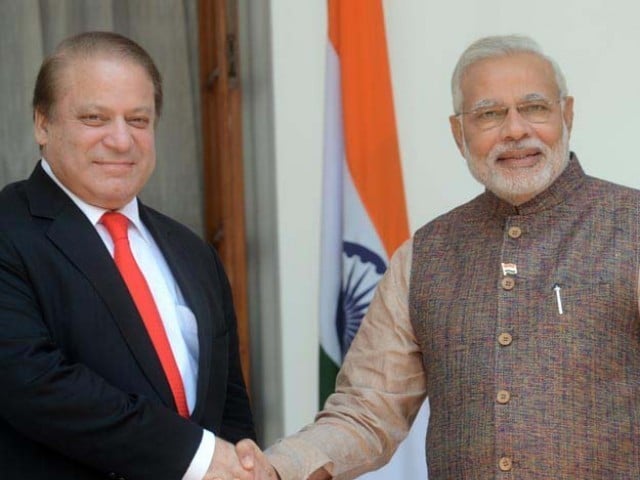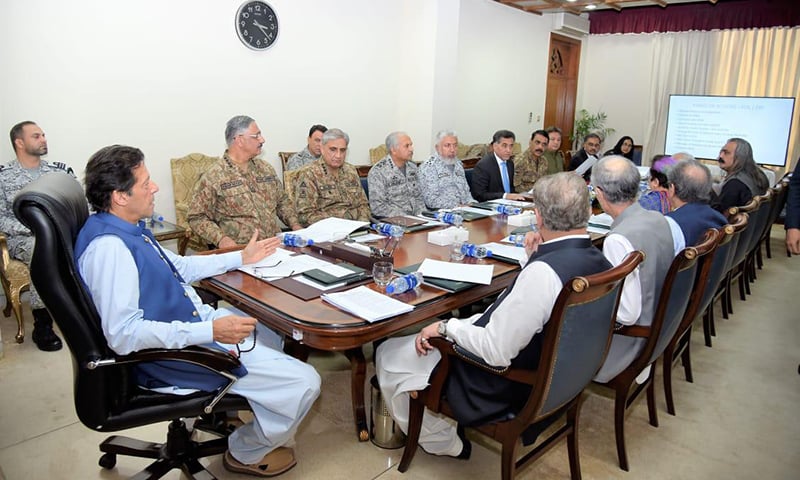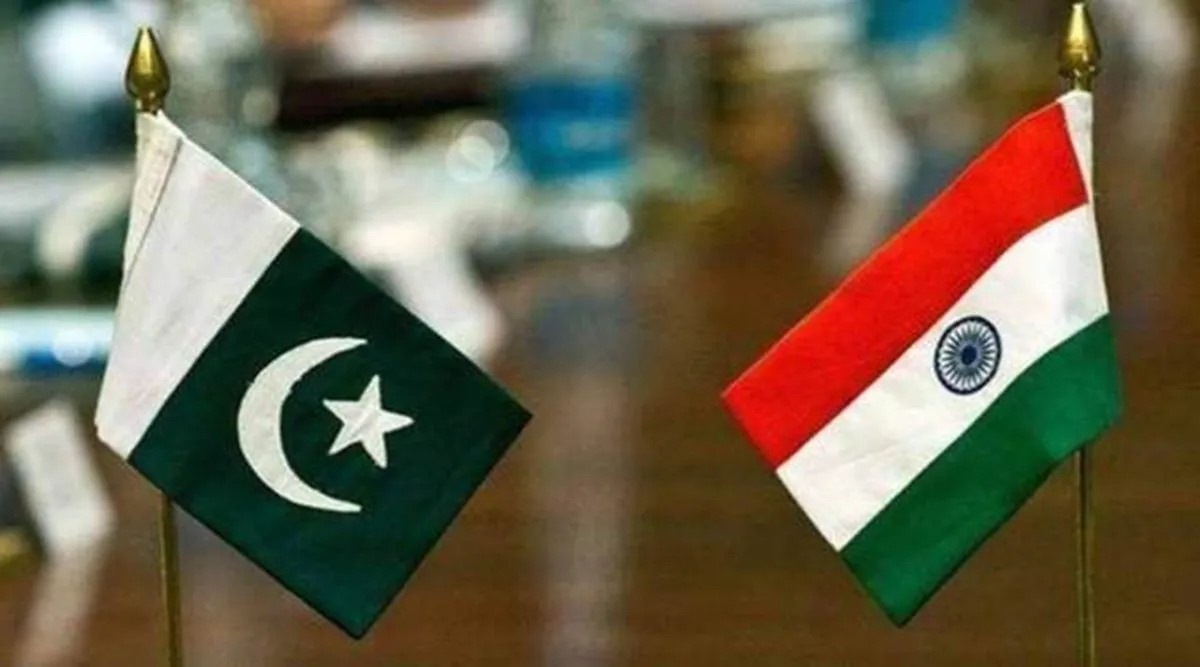The trade relations between Pakistan and India have been a subject of contention for decades. The two neighboring countries have a complex history, marked by political tensions and territorial disputes. Despite sharing a land border of over 3,000 kilometers, the trade between the two nations has remained limited and often disrupted. In 2019, India took unilateral actions that disrupted bilateral trade, leading to a suspension of trade ties and further increasing tensions between the two nations.
Foreign Minister Dar’s statement on restoring trade ties
In a significant development, Pakistan’s Foreign Minister, Shah Mahmood Qureshi, recently announced that lunatogel login Pakistan is seriously considering the restoration of trade ties with India. This statement has caught the attention of observers around the world, as it signals a potential shift in the relationship between the two countries. However, Qureshi emphasized that any decision to restore trade ties would depend on India’s willingness to revise its unilateral actions taken in 2019, which had a detrimental impact on bilateral trade.

Reasons for considering the restoration of trade ties
The potential restoration of trade ties between Pakistan and India comes with several compelling reasons. Firstly, it opens doors for increased economic opportunities for both countries. Trade can act as a catalyst for economic growth, job creation, and poverty reduction. By restoring trade ties, Pakistan and India can tap into each other’s markets, expand their export potential, and diversify their sources of goods and services.
Secondly, a restoration of trade ties can contribute to regional stability. Both Pakistan and India are key players in South Asia, and their relationship has a significant impact on the region as a whole. Improved trade relations can reduce tensions and create a more conducive environment for dialogue and cooperation. This move could potentially have a positive spillover effect on other areas of engagement, such as cultural exchanges, tourism, and people-to-people contact.
Lastly, restoring trade ties can help address shared challenges, such as poverty, unemployment, and climate change. Collaboration between Pakistan and India in areas like agriculture, technology transfer, and renewable energy can lead to innovative solutions and enhance the well-being of both nations.
Potential benefits of restoring trade ties
The restoration of trade ties between Pakistan and India holds immense potential for various sectors and stakeholders. Firstly, businesses on both sides of the border stand to benefit from increased market access. The exchange of goods and services can lead to new business opportunities, job creation, and enhanced competitiveness. Industries such as textiles, agriculture, pharmaceuticals, and information technology can thrive with expanded trade between the two countries.
Furthermore, consumers in both countries can enjoy a wider variety of products at competitive prices. The availability of diverse goods from across the border can improve the quality of life and enhance consumer choice. In addition, the restoration of trade ties can foster innovation and entrepreneurship, as it allows for the transfer of knowledge, technology, and best practices between Pakistan and India.
Challenges and obstacles to restoring trade ties
While the potential benefits of restoring trade ties between Pakistan and India are significant, there are several challenges and obstacles that need to be addressed. One major challenge is the existing political and security tensions between the two countries. Political differences and unresolved conflicts can hinder the progress towards restoring trade ties and create an uncertain business environment.
Another challenge is the presence of non-tariff barriers and restrictive trade policies. Both countries have imposed various trade restrictions, including high tariffs, non-tariff barriers, and stringent customs regulations. These barriers hinder the smooth flow of goods and services and increase transaction costs for businesses. Addressing these barriers and fostering an environment of trust and cooperation will be crucial for the successful restoration of trade ties.

Steps and measures required to restore trade ties
To restore trade ties between Pakistan and India, several steps and measures need to be taken. Firstly, both countries need to engage in dialogue and negotiations to address the outstanding issues and concerns. A comprehensive and inclusive approach, involving stakeholders from various sectors, can help identify the specific areas of cooperation and develop a roadmap for trade normalization.
Secondly, the removal of non-tariff barriers and the simplification of trade procedures are essential. Streamlining customs processes, reducing bureaucratic hurdles, and harmonizing standards and regulations will facilitate trade and reduce transaction costs. Additionally, establishing trade facilitation mechanisms, such as trade promotion councils and joint business forums, can enhance communication and cooperation between businesses on both sides.
Thirdly, enhancing connectivity and infrastructure development is crucial for promoting trade between Pakistan and India. Improving transportation networks, border infrastructure, and logistics facilities will facilitate the movement of goods and reduce transit times. Moreover, investing in digital infrastructure and e-commerce platforms can unlock new avenues for trade and expand access to markets.
Impact on bilateral relations between Pakistan and India
The restoration of trade ties between Pakistan and India has the potential to positively impact bilateral relations. Trade can act as a confidence-building measure, fostering trust and cooperation between the two countries. Increased economic interdependence can create mutual benefits and provide a strong incentive for peaceful coexistence.
However, it is important to recognize that trade alone cannot resolve all the underlying issues between Pakistan and India. The restoration of trade ties should be seen as a stepping stone towards broader engagement and dialogue. It should be accompanied by efforts to address political differences, promote people-to-people contact, and build a foundation of trust and understanding.
Views and reactions from stakeholders
The potential restoration of trade ties between Pakistan and India has garnered mixed reactions from various stakeholders. Business communities on both sides have expressed optimism about the prospects of increased trade and economic cooperation. They believe that a restoration of trade ties can unlock new markets, boost exports, and foster collaboration in areas such as technology transfer and joint ventures.
On the other hand, there are concerns and reservations among certain segments of society. Some argue that restoring trade ties without addressing the core political issues would be futile. And it may even undermine efforts towards a comprehensive resolution. Others raise concerns about the impact on domestic industries and local businesses, particularly in sectors that may face competition from cheaper imports.

Comparison with previous attempts to improve trade relations
The potential restoration of trade ties between Pakistan and India should be viewed in the context of previous attempts to improve bilateral trade relations. Over the years, there have been several initiatives and agreements aimed at enhancing economic engagement between the two countries. However, these efforts have often been hindered by political tensions and disruptions.
It is essential to learn from past experiences and address the shortcomings of previous attempts. Sustained political commitment, effective implementation mechanisms. A focus on long-term economic benefits can contribute to the success of the current endeavor to restore trade ties.
Conclusion and future prospects for Pakistan-India trade ties
The potential restoration of trade ties between Pakistan and India holds immense promise for both nations and the wider region. It offers an opportunity to transform the relationship from one marked by conflict. The tensions to one driven by economic cooperation and shared prosperity. However, realizing this potential requires political will, dialogue, and concerted efforts from both sides.
The decision to restore trade ties should consider the broader implications and long-term benefits. It should be guided by a comprehensive understanding of the complex dynamics between the two countries. While challenges and obstacles exist, they can be overcome through sustained engagement. Mutual trust, and a shared vision for a peaceful and prosperous South Asia.
If you found this analysis enlightening and are interested in exploring more about how businesses. Economies navigate the challenges of the modern world, we recommend reading our article on Riot Games. It offers a deep dive into the strategies employed by one of the leading companies in the gaming industry to maintain its competitive edge. And foster community engagement.
